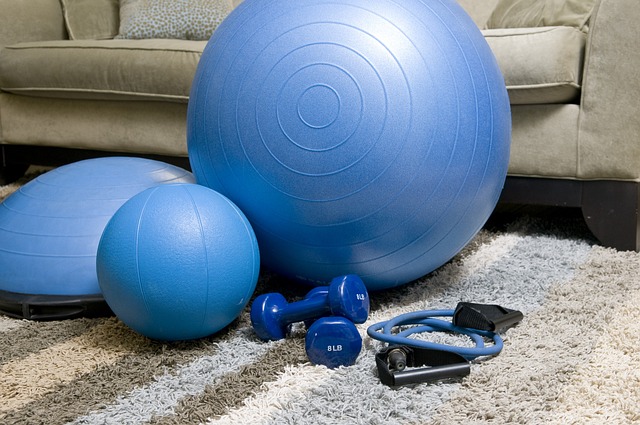A home workout routine can be just as effective as a gym workout, as long as you have a well-structured plan in place. In this post, we will discuss the benefits of home workout routines, provide some tips for creating an effective routine, and outline a few examples of exercises you can do at home.
Benefits of Home Workout Routines
Home workout routines offer several benefits, including convenience, cost-effectiveness, and flexibility. With a home workout routine, you can exercise at any time of day that suits you, without having to worry about gym hours or commuting. Additionally, you can save money on gym memberships and equipment, and you can tailor your routine to your individual needs and fitness goals.
Creating an Effective Home Workout Routine
To create an effective home workout routine, it’s essential to set clear goals and choose exercises that work for you. Here are a few tips to consider:
- Start with short, manageable sessions and gradually increase the duration and intensity as you become more comfortable with the exercises.
- Choose exercises that work for multiple muscle groups at once, such as squats, lunges, and push-ups.
- Incorporate a mix of cardio and strength training exercises to keep your workouts interesting and prevent plateaus.
- Make sure to warm up before each workout and cool down afterwards to prevent injury and promote recovery.
Examples of Home Workout Exercises
Here are a few examples of exercises you can do at home, without any special equipment:
- Bodyweight exercises, such as push-ups, squats, lunges, and planks.
- Yoga and Pilates exercises, such as downward-facing dog, warrior poses, and leg raises.
- High-intensity interval training (HIIT) exercises, such as burpees, jump squats, and mountain climbers.
- Core strengthening exercises, such as Russian twists, leg raises, and bicycle crunches.
Sample Home Workout Routines
Here are a few examples of home workout routines you can try:
A beginner’s routine might include 10-15 minutes of cardio, such as jumping jacks or running in place, followed by 10-15 minutes of strength training, such as push-ups and squats.
An intermediate routine might include 20-30 minutes of cardio, such as HIIT or yoga, followed by 20-30 minutes of strength training, such as lunges and planks.
An advanced routine might include 30-45 minutes of cardio, such as HIIT or running, followed by 30-45 minutes of strength training, such as weightlifting or resistance band exercises.
Conclusion
A home workout routine can be a great way to stay fit and healthy, without having to leave the comfort of your own home. By setting clear goals, choosing effective exercises, and incorporating a mix of cardio and strength training, you can create a routine that works for you and helps you achieve your fitness goals.



